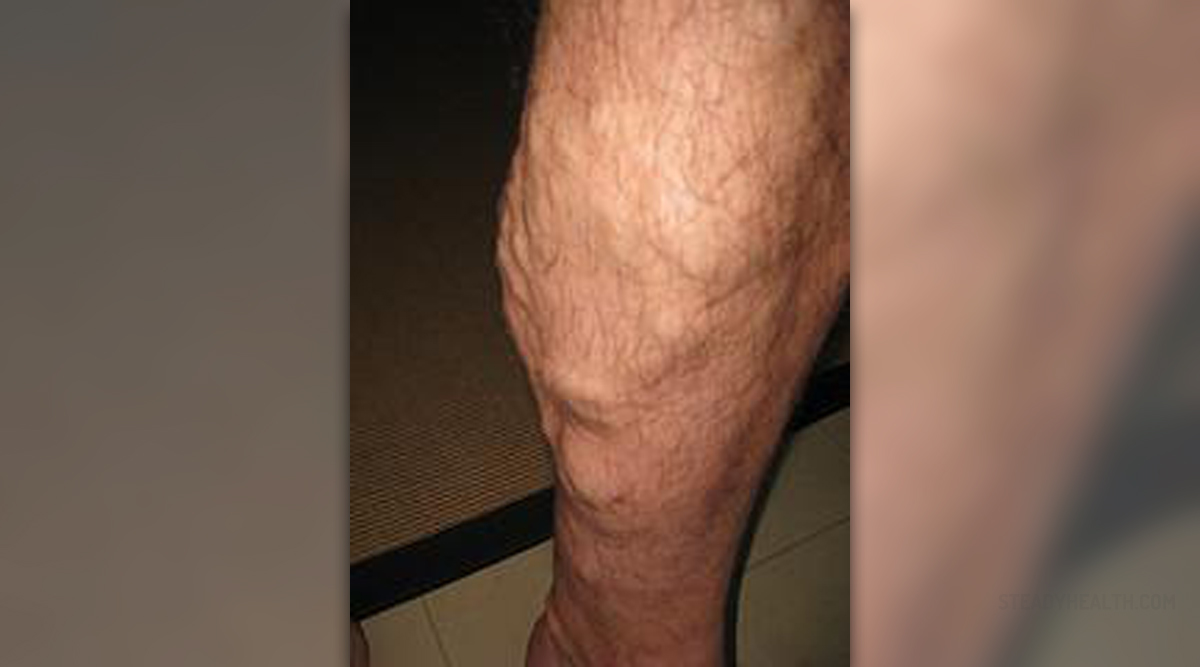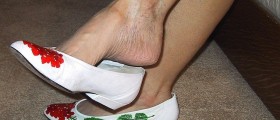
Many pregnant women have to deal with varicose veins during pregnancy. The condition is many times temporary and withdraws soon after delivery. In pregnant women the superficial veins of the legs are most commonly affected. These blood vessels bulge above the surface of the skin and are of purplish, bluish or dark color. Pregnant women are also prone to hemorrhoids, another form of the condition that affects the rectal veins. Both problems are more typical for later stages of pregnancy, predominantly the third trimester.More on Varicose Veins during Pregnancy
In majority of cases pregnant women have no difficulties related to varicose veins on their legs although they may have problems with hemorrhoids. Still, if there are symptoms, they generally include mild to moderate discomfort, itching, throb and burning sensation. In case of varicose veins on the legs these problems withdraw in the evening when a woman goes to sleep or may be alleviated during the day if a woman rests with her legs in an elevated position.
Varicose veins in pregnancy develop due to stasis of the blood caused by compression of major blood vessels in the pelvis. The compression of these blood vessels is much more intensive in later stages of pregnancy because the baby becomes bigger and has less space in the uterus to move.
How To Prevent Varicose Veins during Pregnancy?
It may not be possible to prevent varicose veins in pregnancy, but there are certainly methods able to minimize vein bulging and intensity of the condition. For example, circulation of the legs can be simply improved with a brisk walk. The risk of varicose veins decreases if the pregnant woman maintains optimal weight during pregnancy. In the third trimester (or even earlier) frequent breaks in walking or standing and elevation of legs may be very helpful. Legs should not be crossed when sitting and if a woman must sit for a longer period of time she should have frequent breaks and move around. And finally, additional help is obtained from graduated-compression stockings. These stockings are tight at the ankle and become more loose as they go up the leg. This way the blood from the lower parts of the legs is easily drained and there is no excessive accumulation of fluid. What Happens to Varicose Veins after Delivery?
In majority of cases varicose veins improve within 3-4 months after delivery. They may also linger for a longer period of time and there are also cases when veins remain varicose and never return to normal. In order to regain the previous state of veins a woman should start exercising, continue wearing support hose and avoid all the situations that contribute to varicose veins including prolonged sitting or standing. If varicose veins remain after childbirth the woman can consult her doctor who will recommend the most convenient treatment.















-During-Pregnancy_f_280x120.jpg)

Your thoughts on this
Loading...